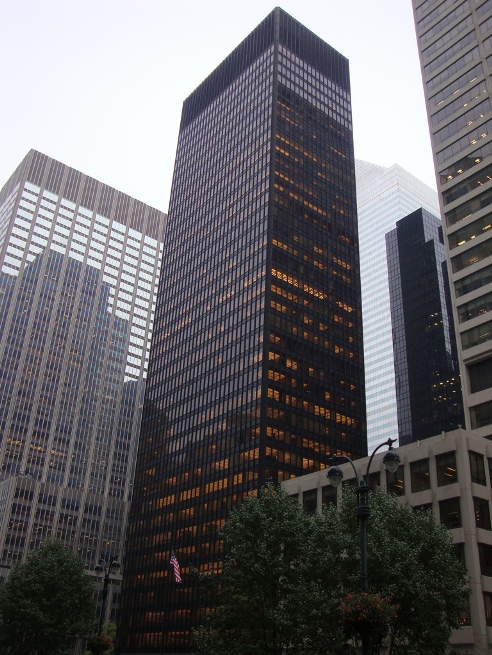In all, America had provided $9 billion in aid. On top of this there had been the $13 billion spent on the Marshall Plan.
But that was not enough, Truman felt, to satisfy ‘the conscience of the American people.’ He repeatedly asserted, ‘America cannot remain healthy and happy in the same world where millions of human beings are starving.’ With his election victory behind him, Truman insisted on inserting, as ‘Point Four’ of his inaugural address of January 1949, a pledge of ‘a bold new program for making the benefits of our scientific advances and industrial progress available for the improvement and growth of underdeveloped areas.’ Truman was the first statesman to draw attention, at a global level, to the vast disparities between the ‘have’ and the ‘have-not’ areas of the world, and to insist that ‘More than half the people of the world are living in conditions approaching misery.’ He told a press conference Point Four had been in his mind ‘ever since the Marshall Plan had been inaugurated. Been studying it ever since.’ He said he fantasized about a world aid scheme, financed by the US, while studying the huge globe in his office. Knowing Congress, he robustly insisted that the scheme was not wholly disinterested – it was also self-interested. America needed to keep their industrial plant ‘going at full tilt.’
The original appropriation was $34.5 million. In the fiscal year 1952 its budget was increased to $147.9 million. The federal government’s generosity was matched by that of many big companies. Westinghouse operated ‘its own private Point Four’ by licensing foreign manufactures to use its techniques and processes, helping them to design their plants, and training their operatives. Sears became ‘one of Point Four’s most aggressive if unofficial vessels’ by teaching industrial techniques and merchandising to the Brazilians and others. But taxpayers’ money provided the main effort. By 1953 there were 2,445 US technicians working in thirty-five foreign countries, engaged in assisting with food production, railroad efficiency, modern mining techniques, public health, central banks and government administration, every conceivable kind of industrial process, and services ranging from housing to meteorological forecasts. Point Four was enhanced by bilateral aid agreements, and the sums spent by the US government continued to increase throughout the 1950s and 1960s. By the 1970s, when the quantity of US foreign aid began to decline, over $150 billion had been spent, two-thirds of it outside western Europe. Much of the aid was wasted. Truman, who initiated it all, was content with the teaching of the Judeo-Christian ethic, that virtue is its own reward.

